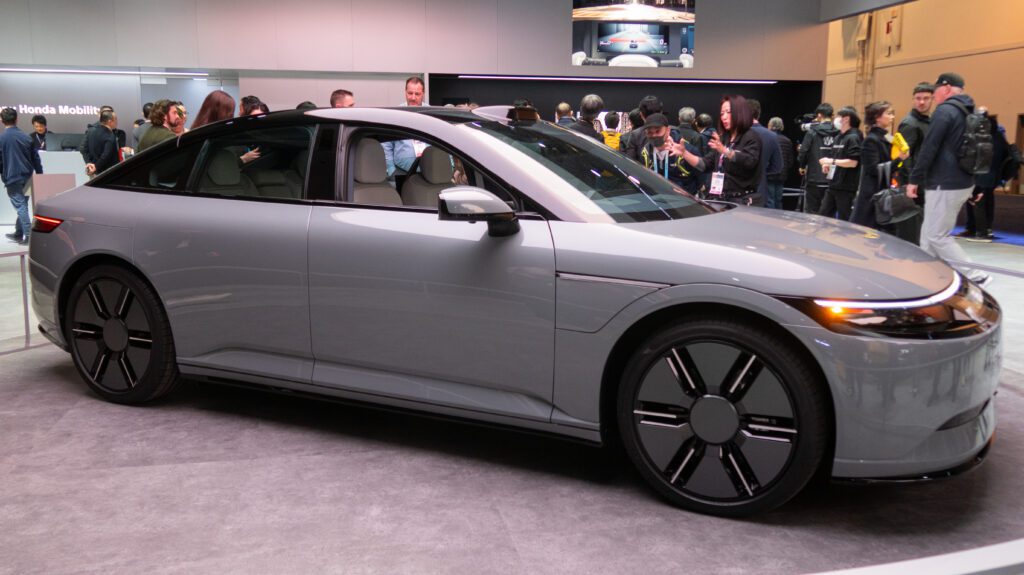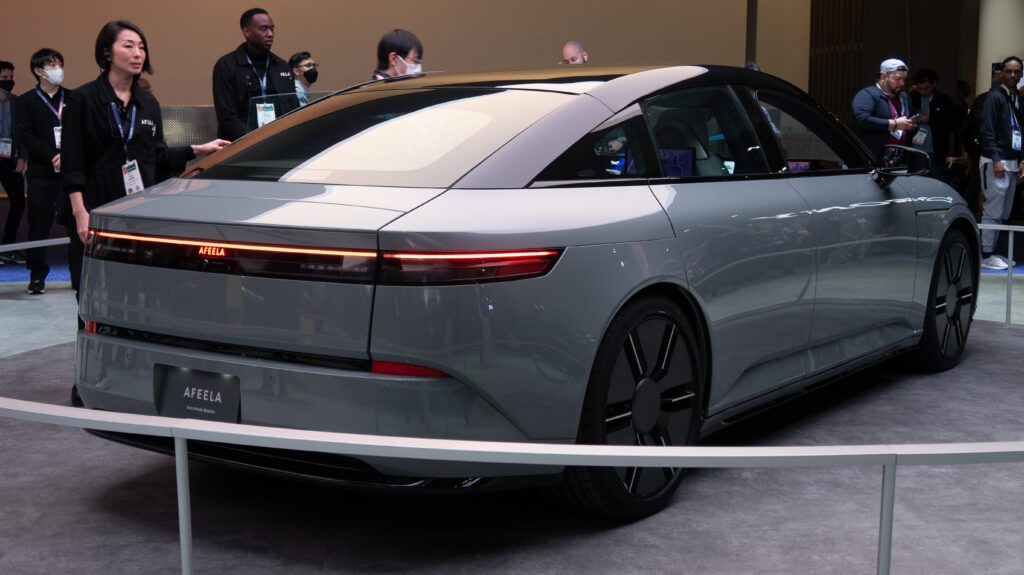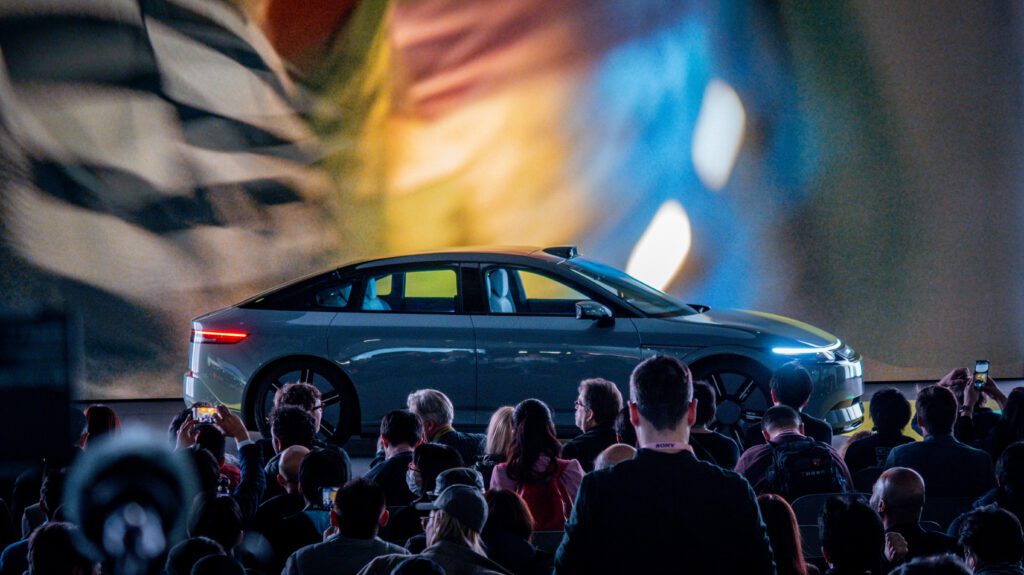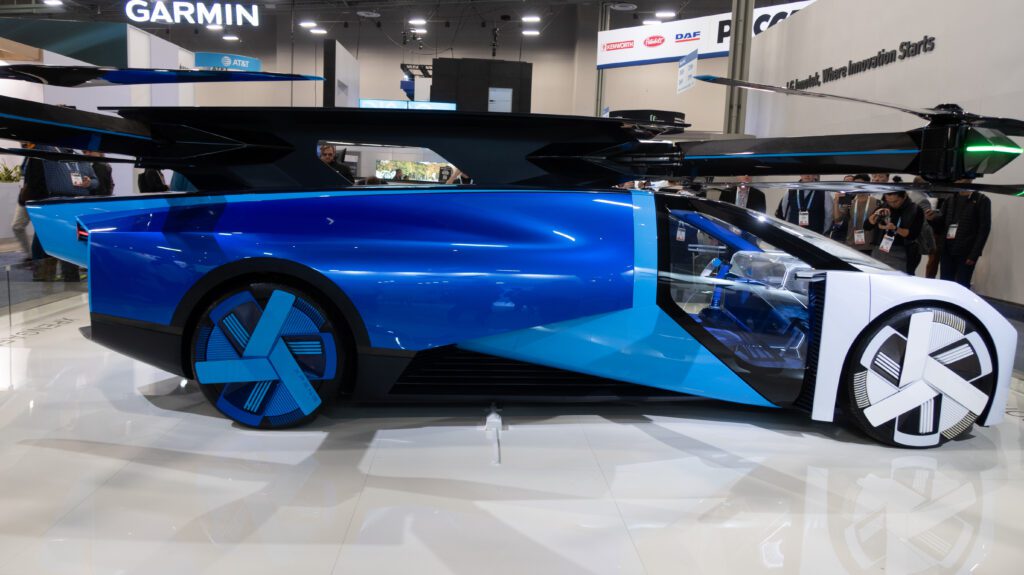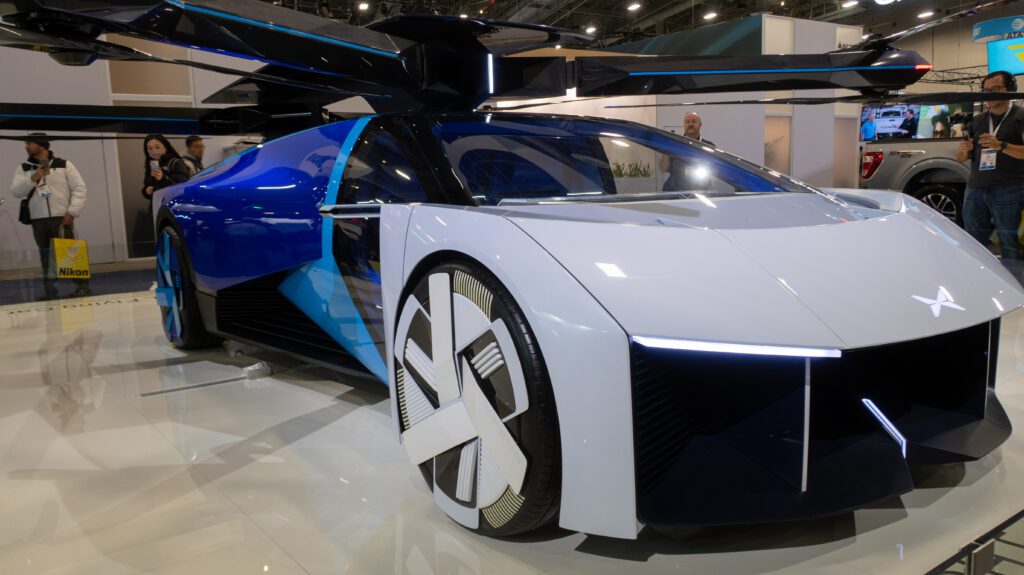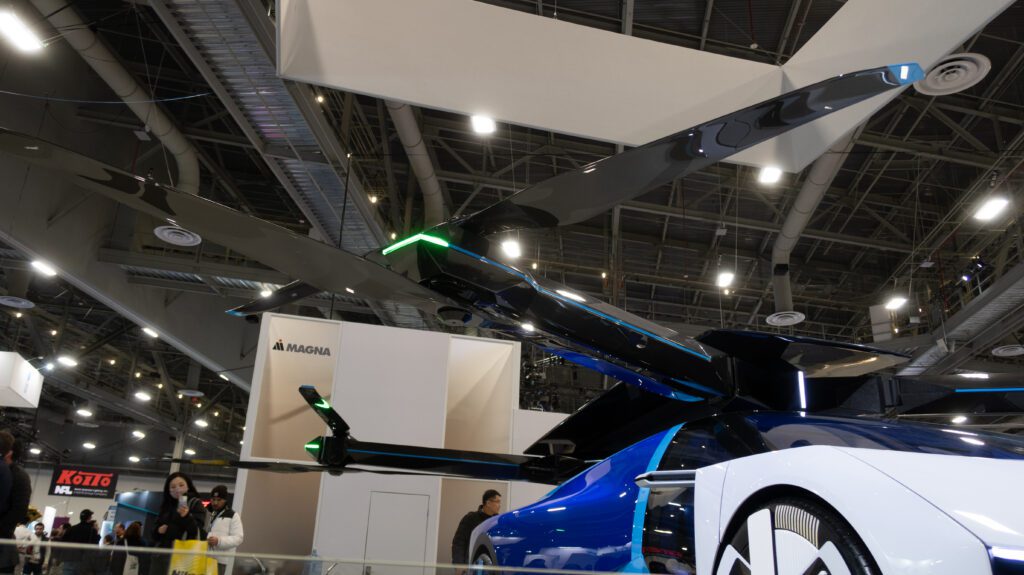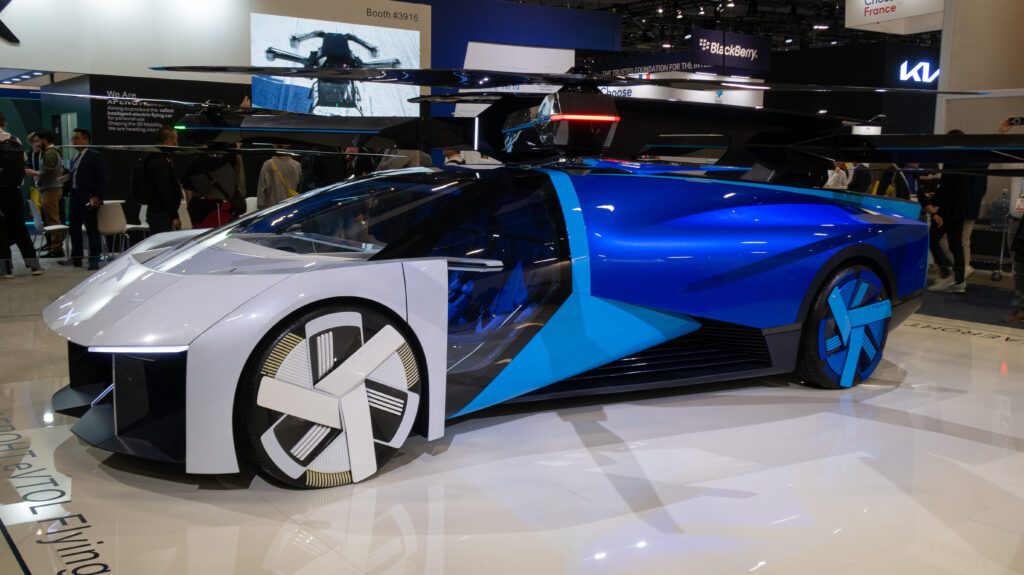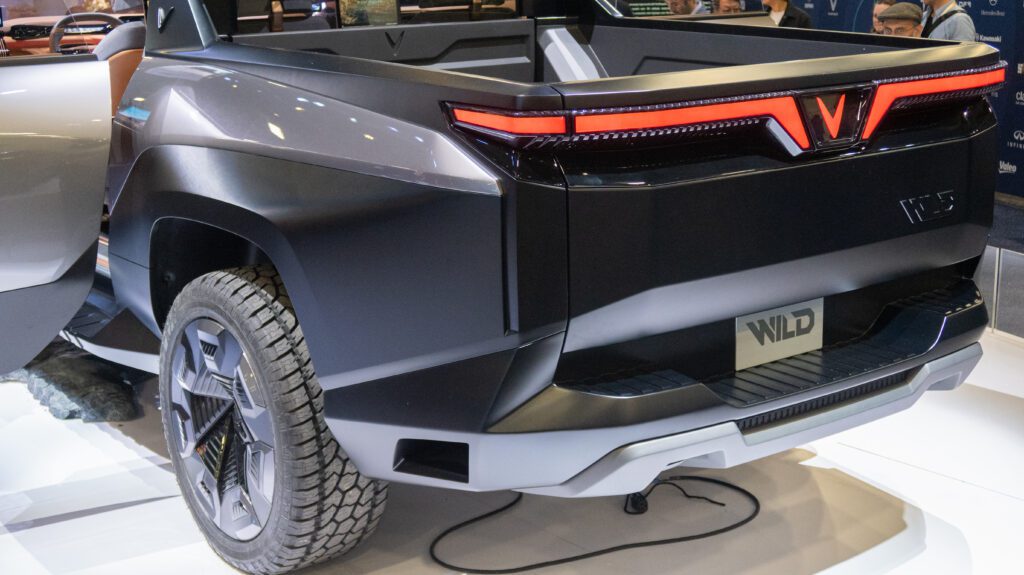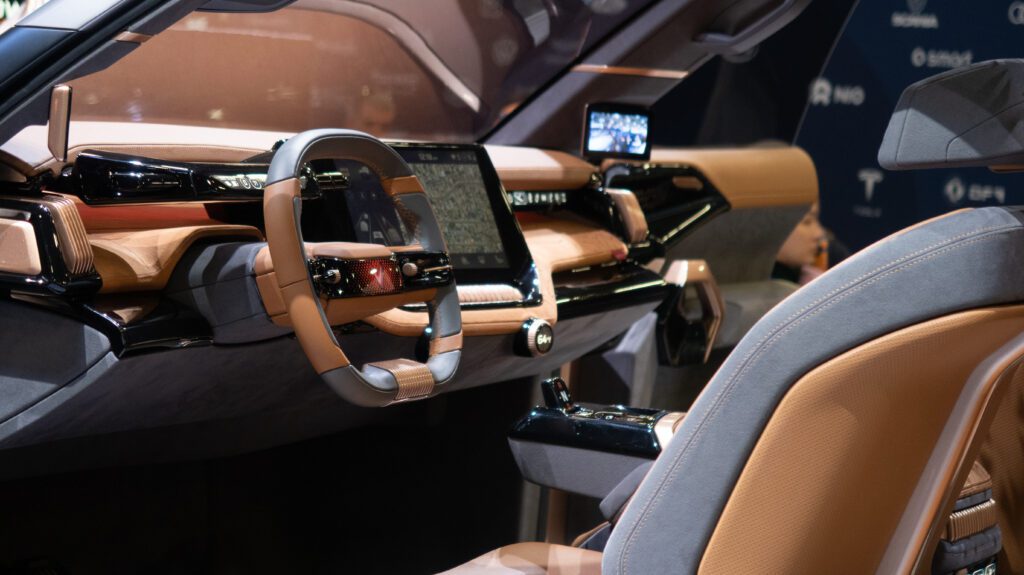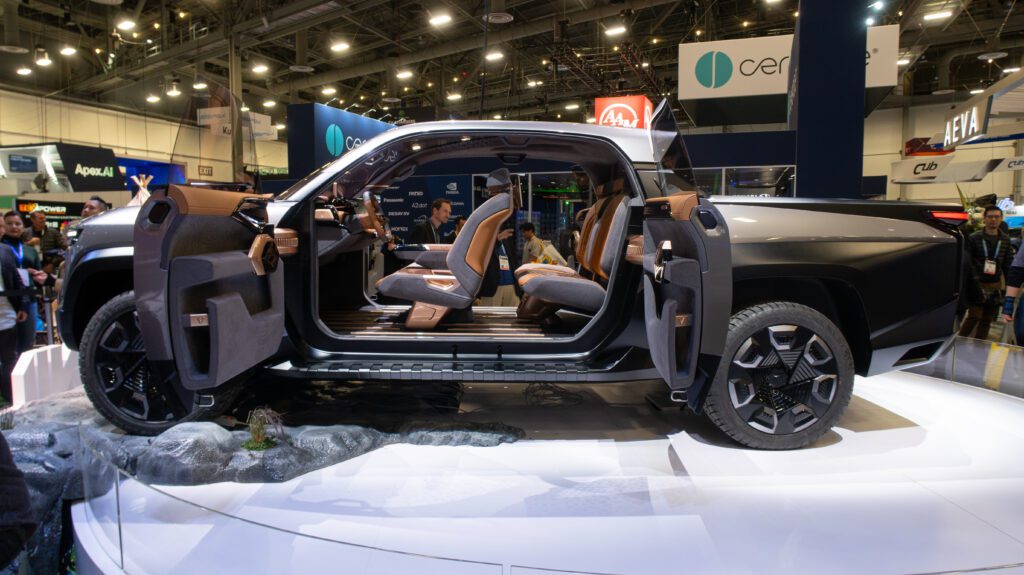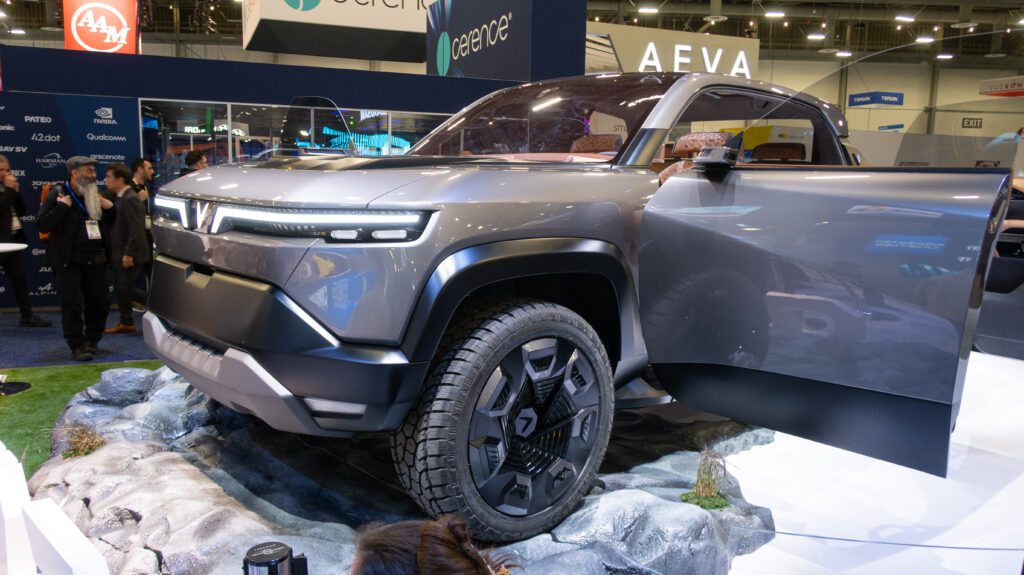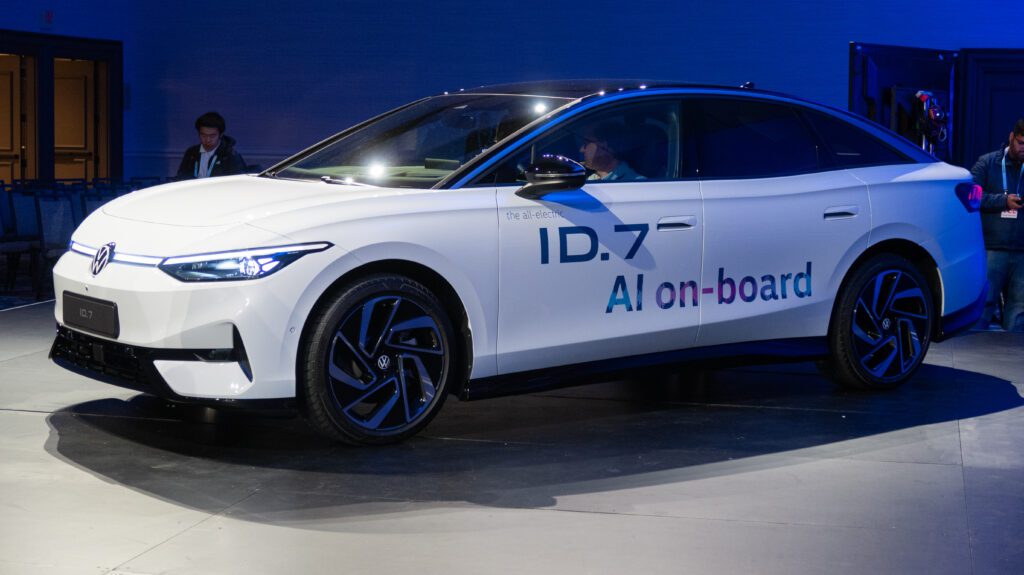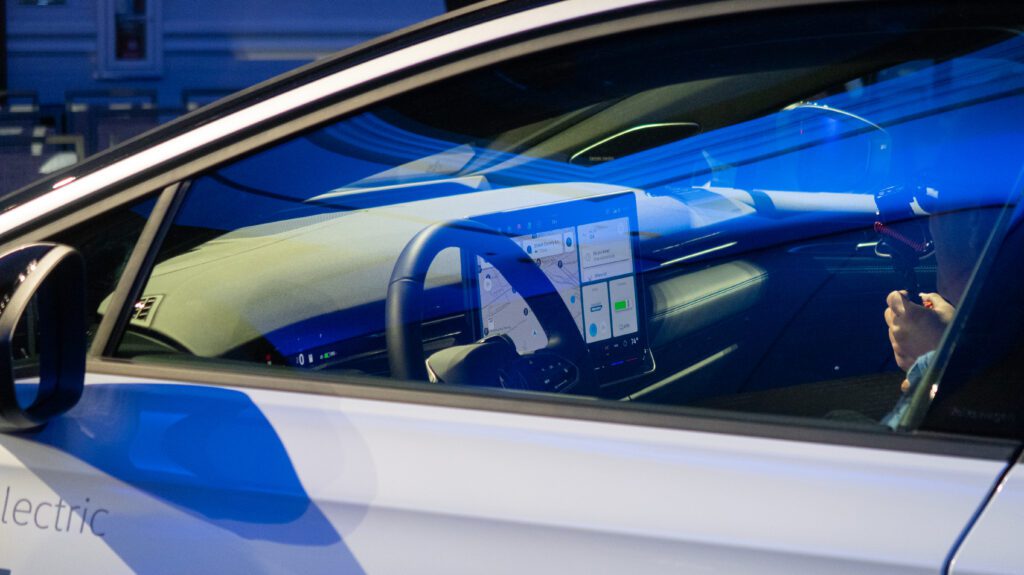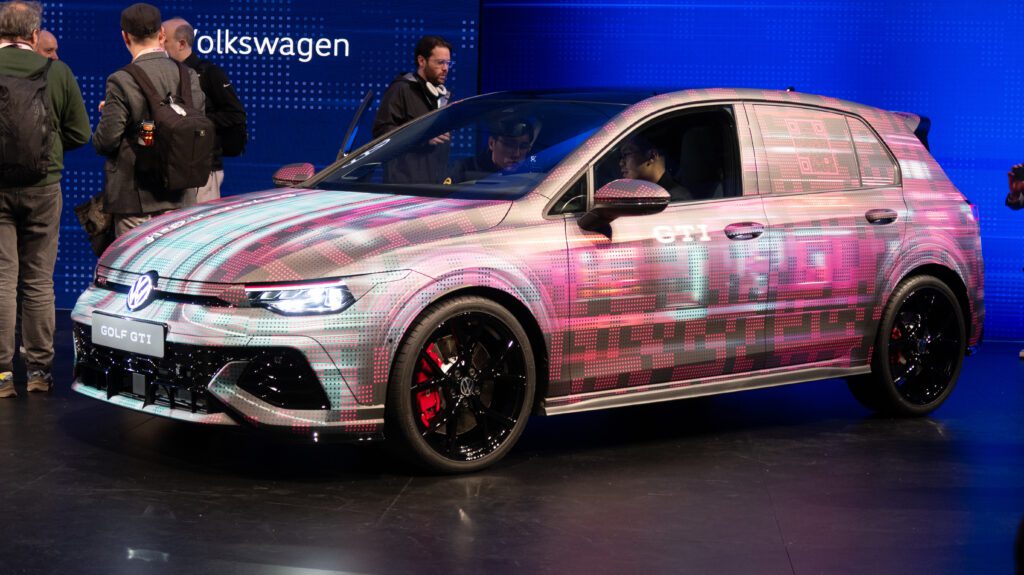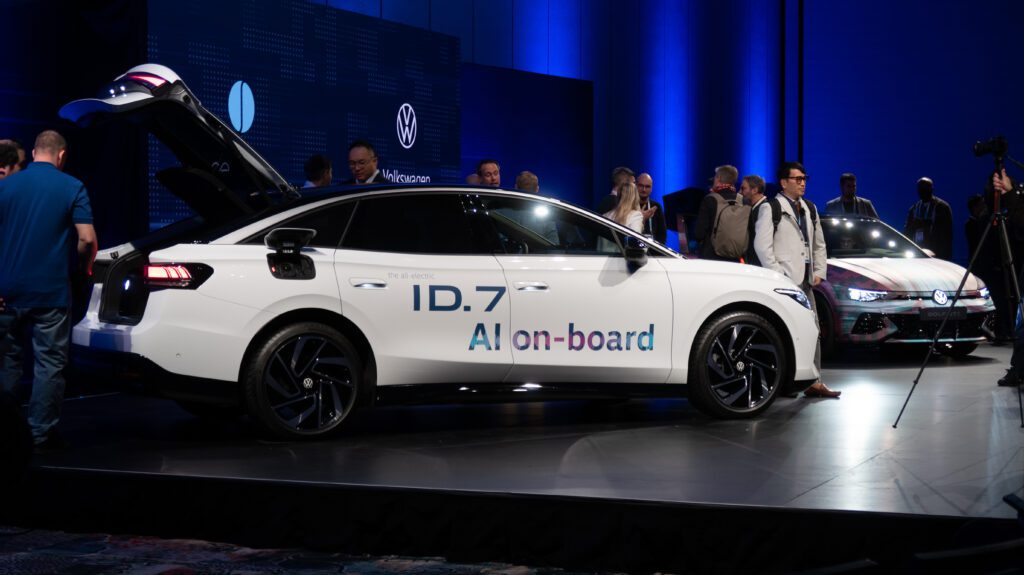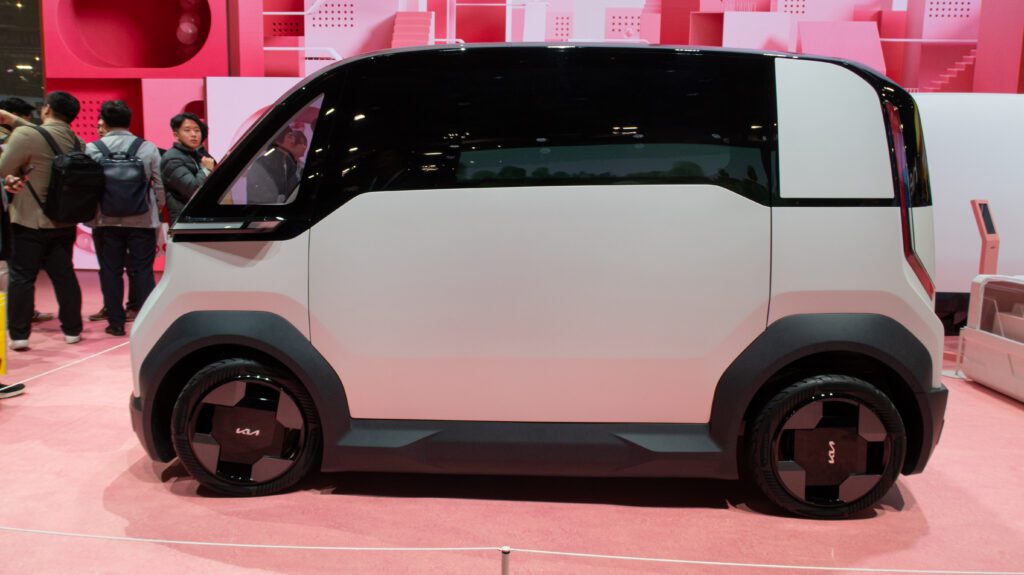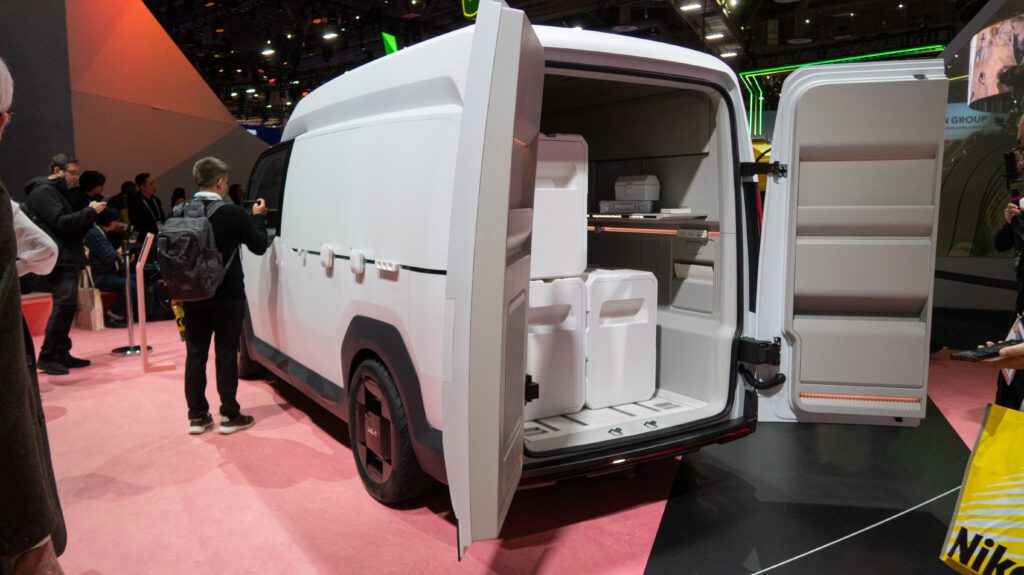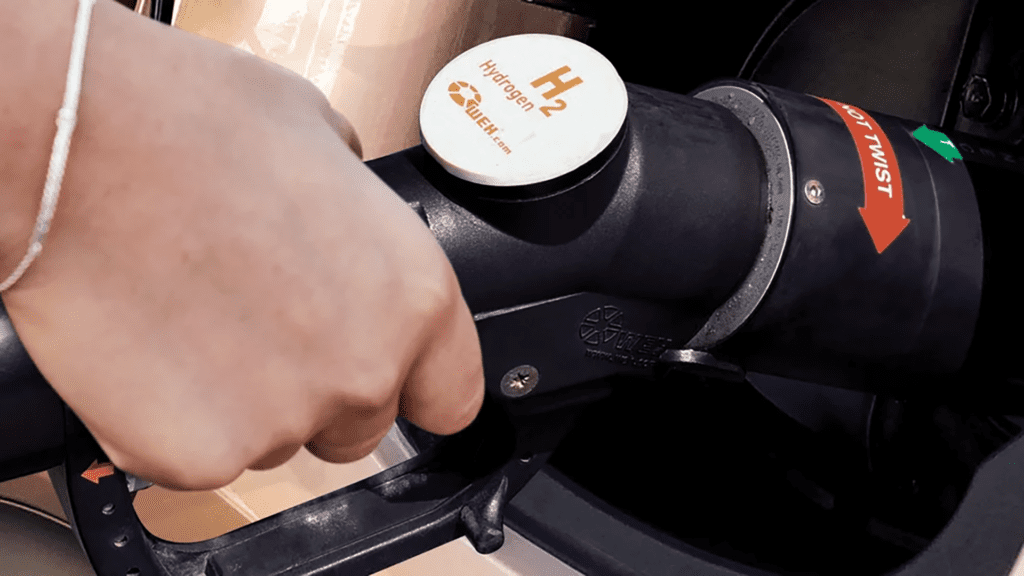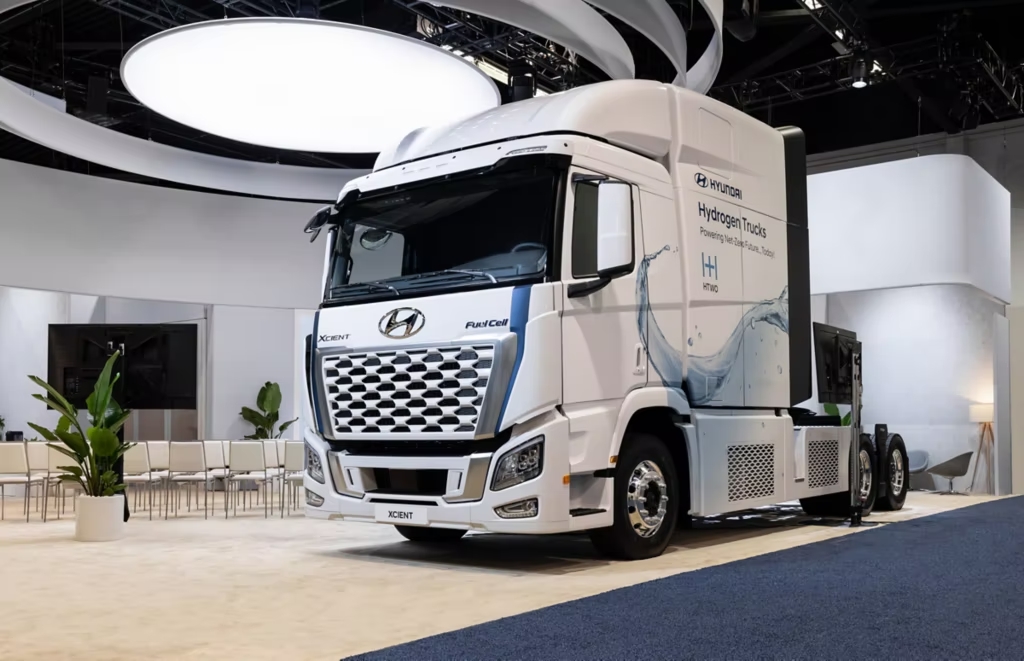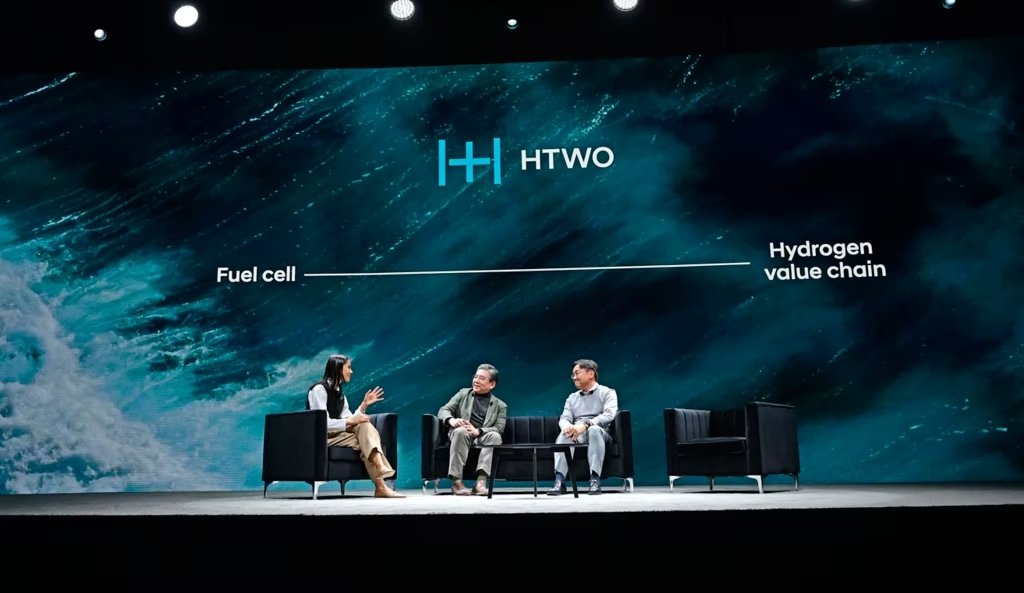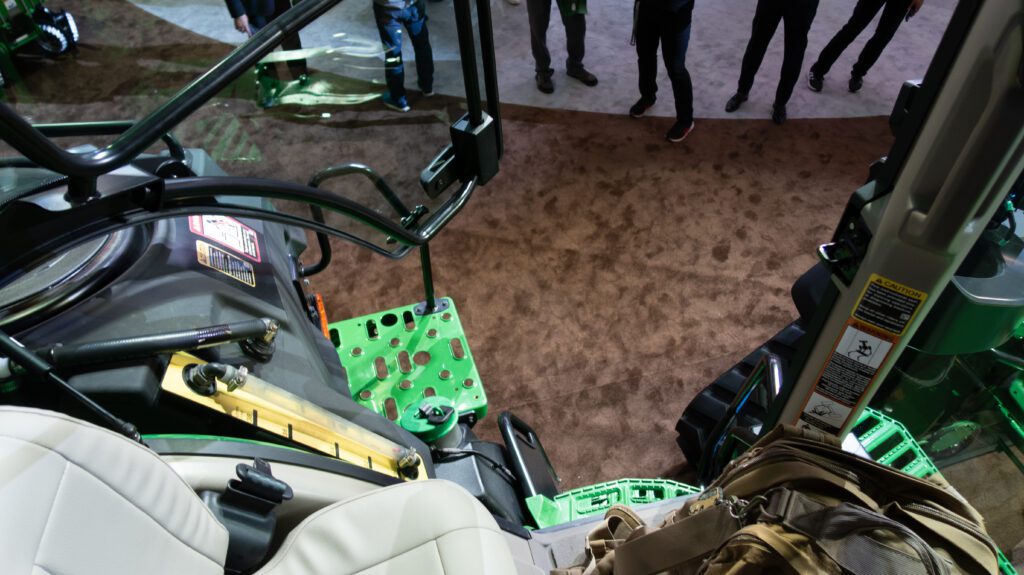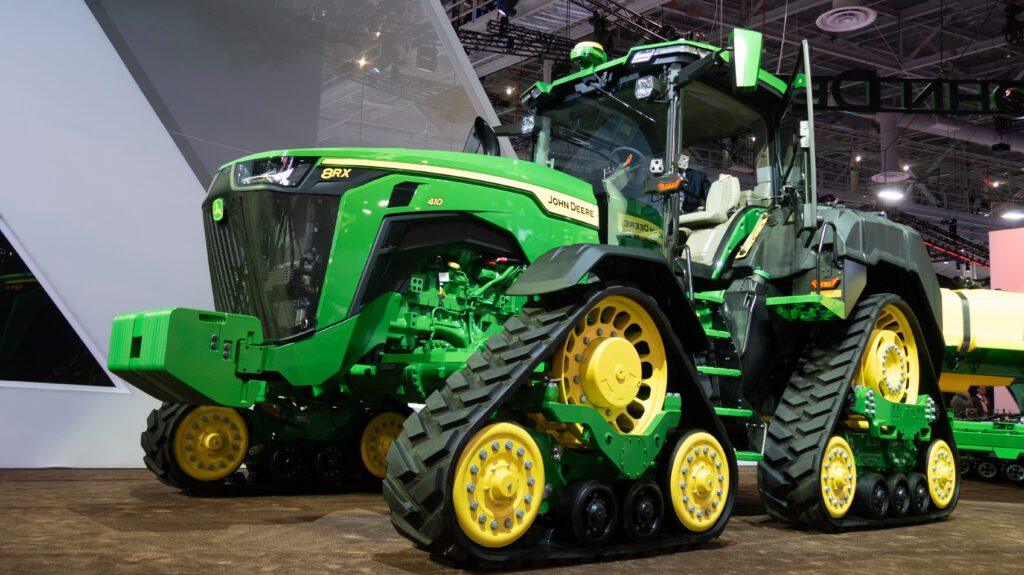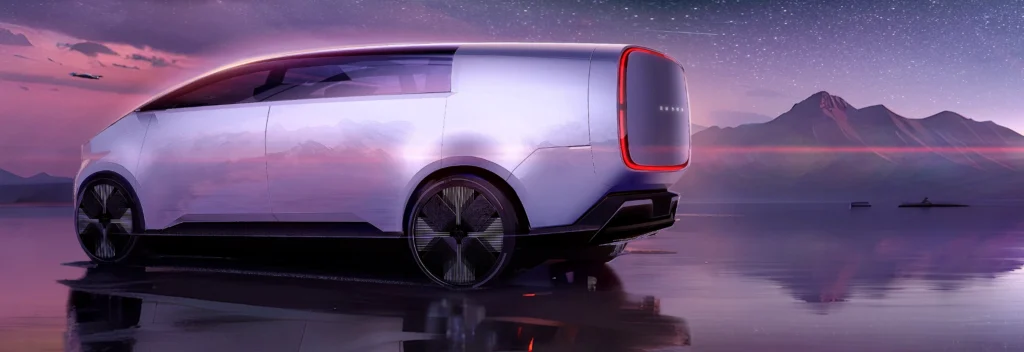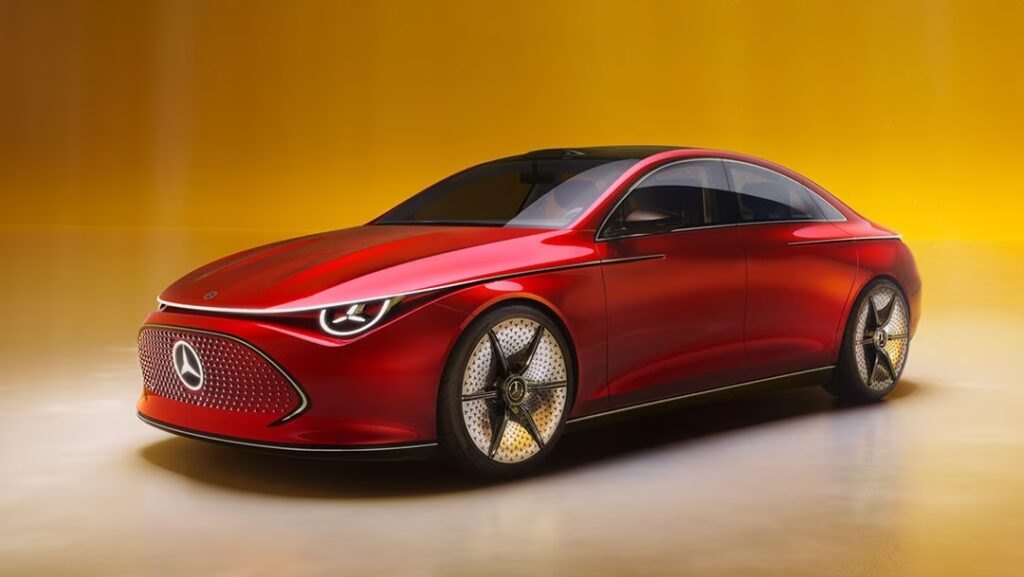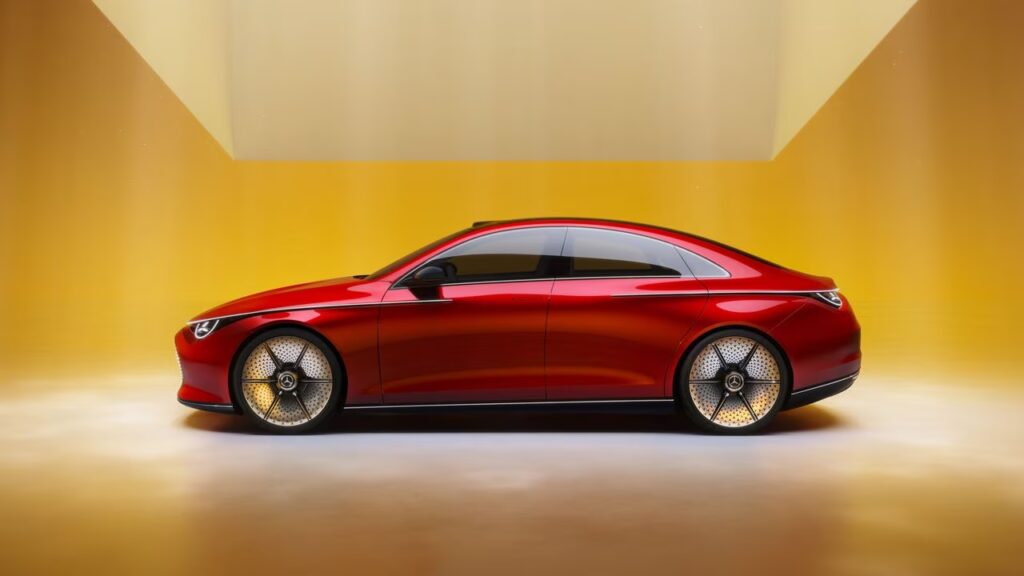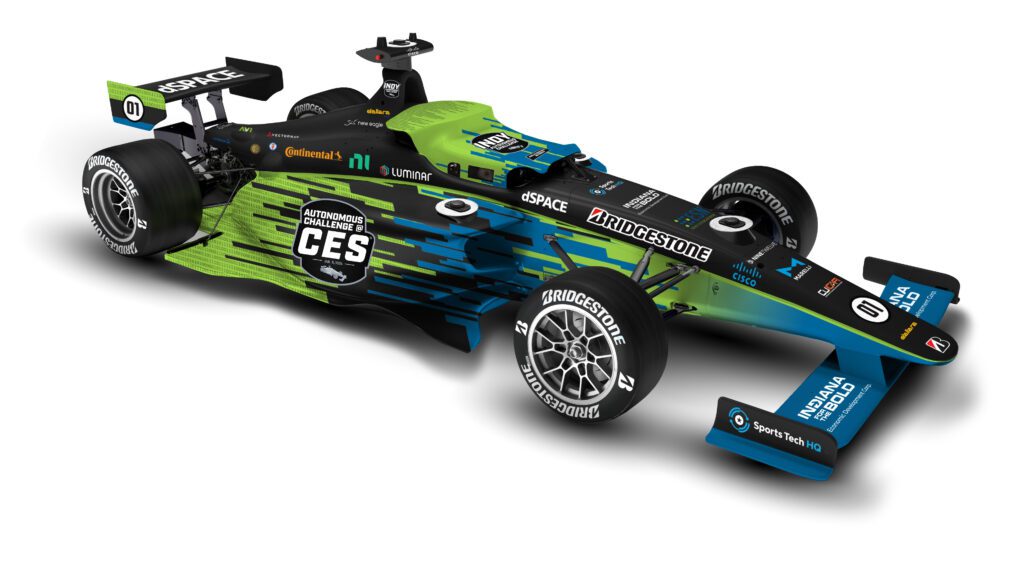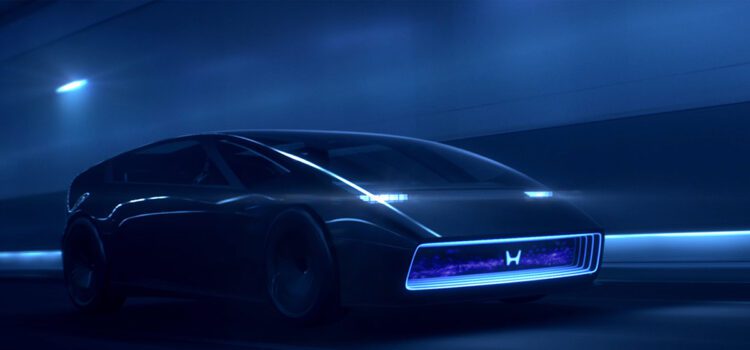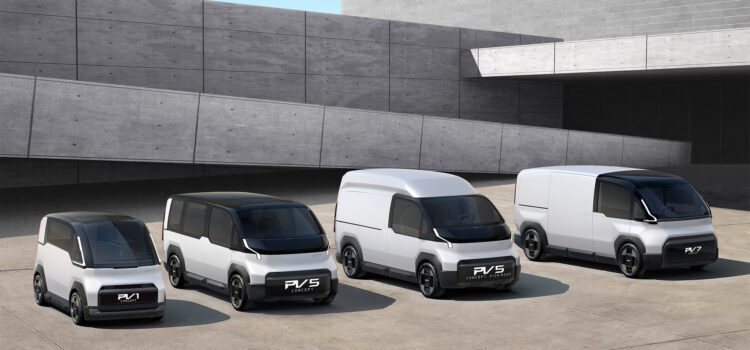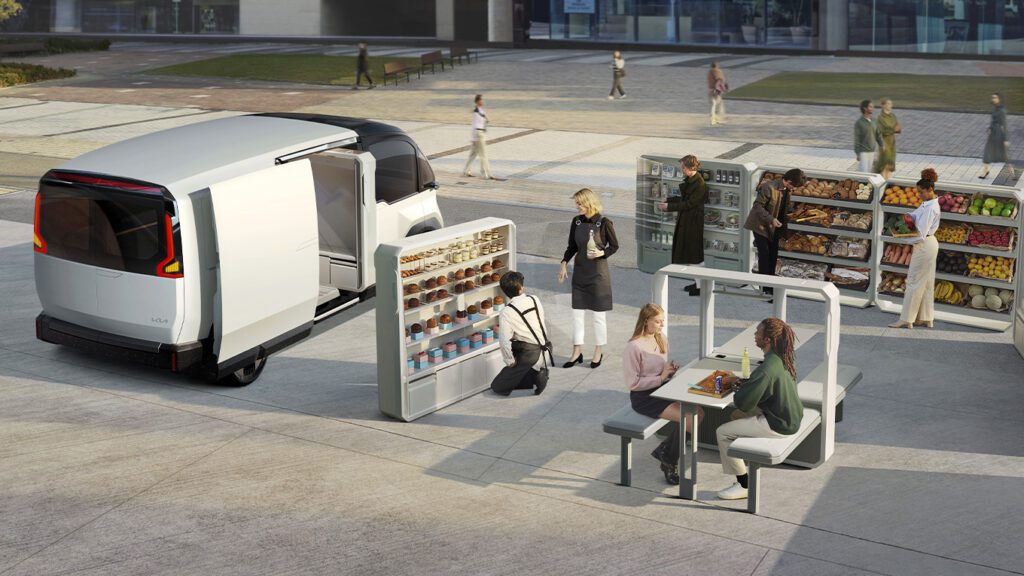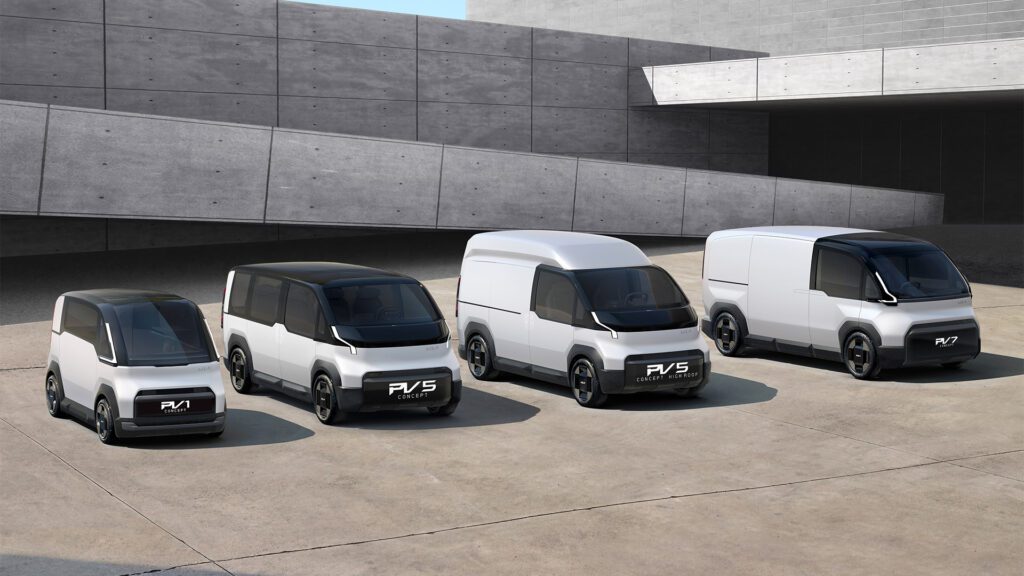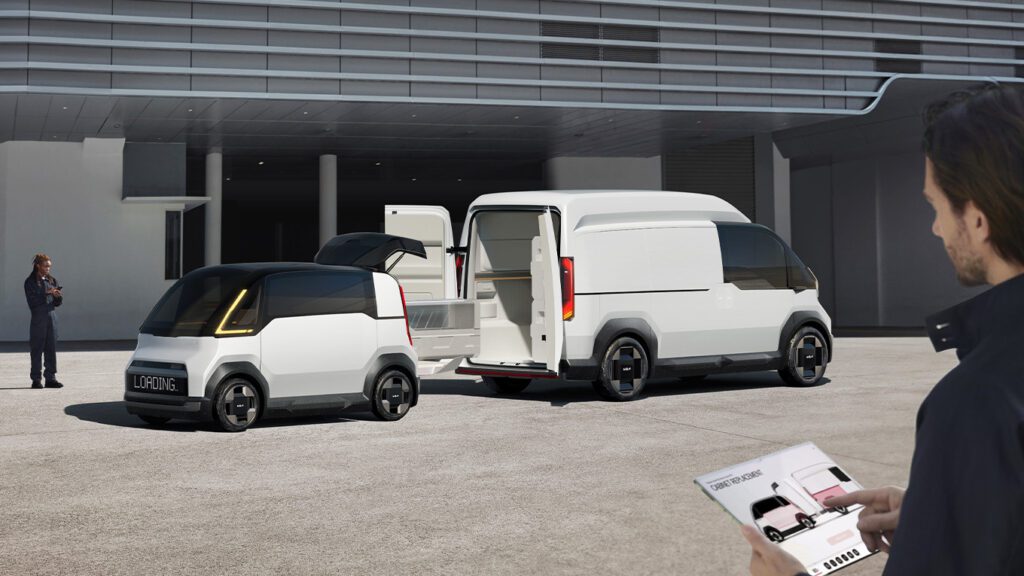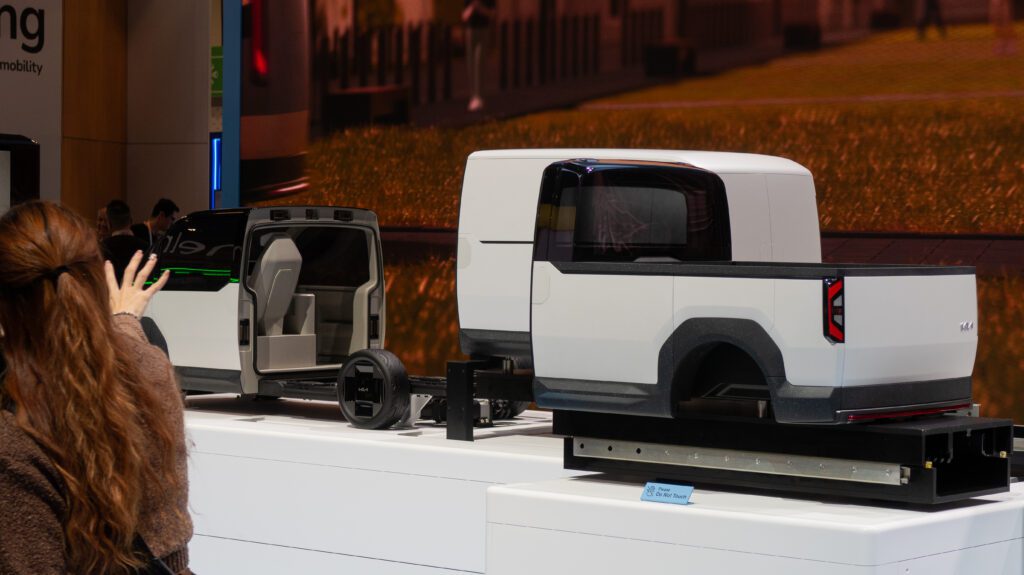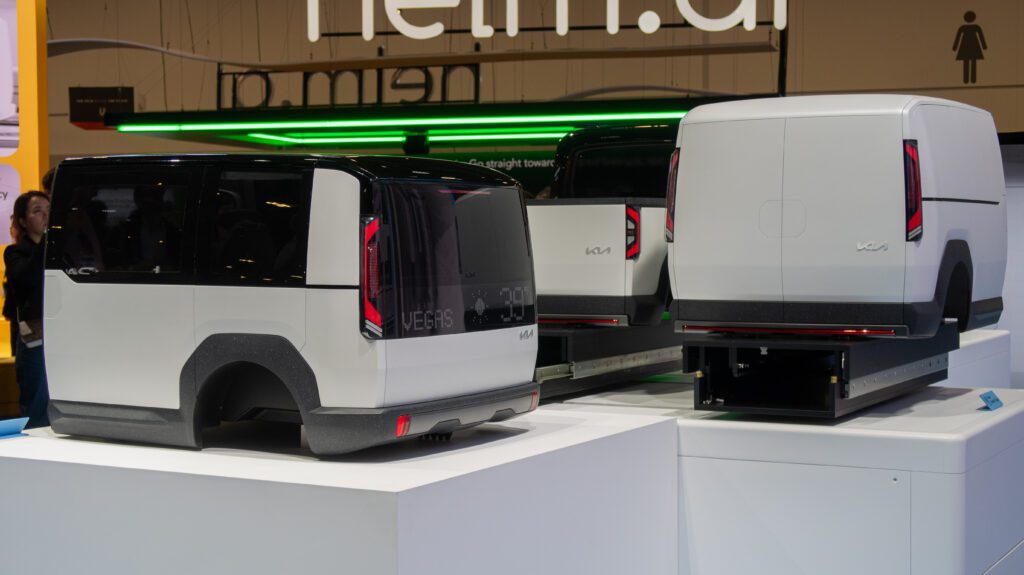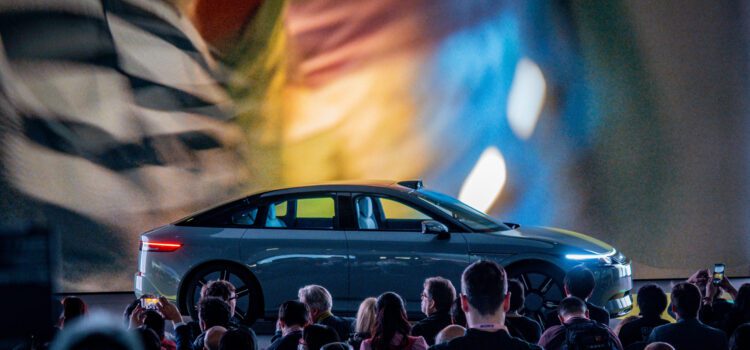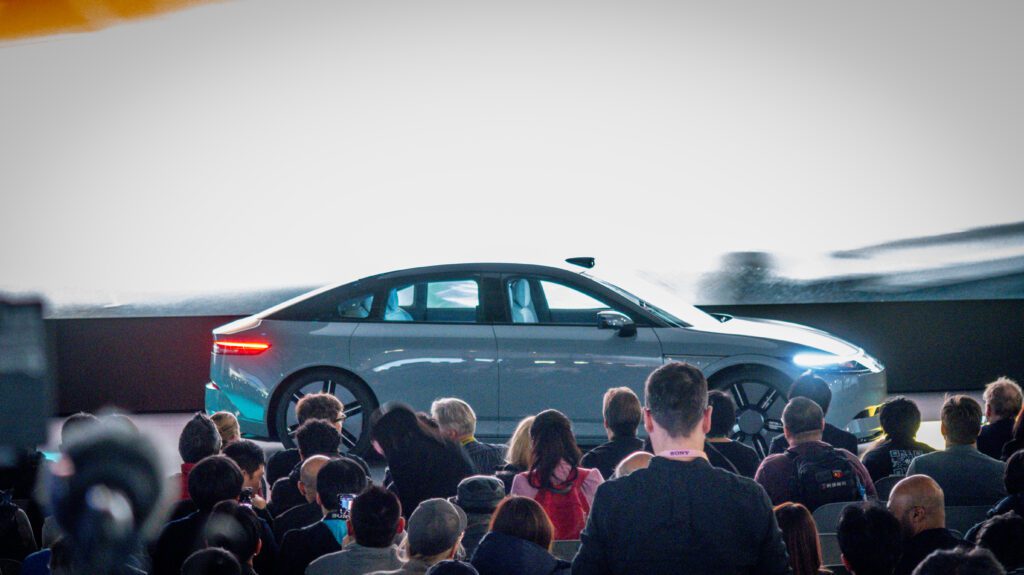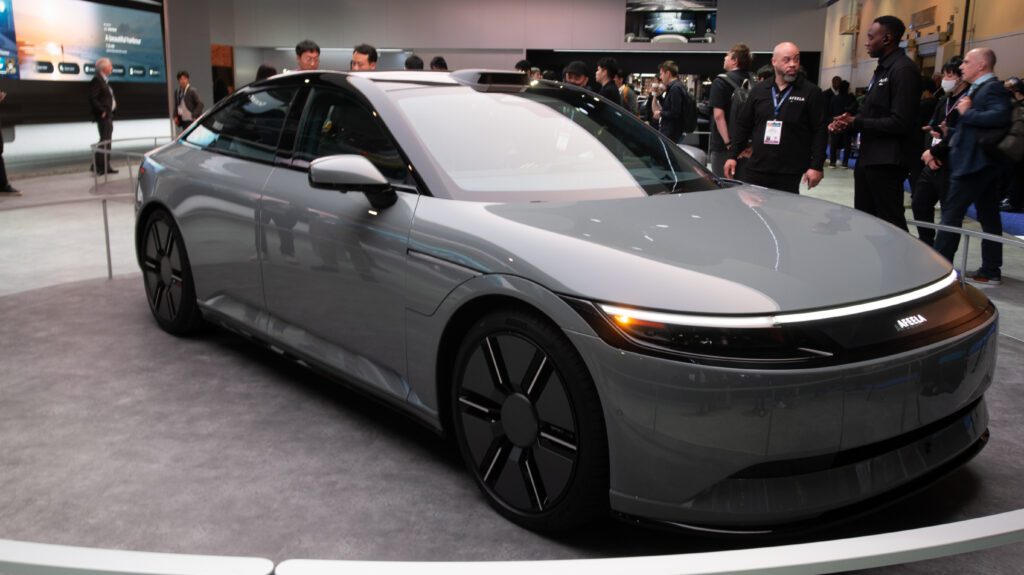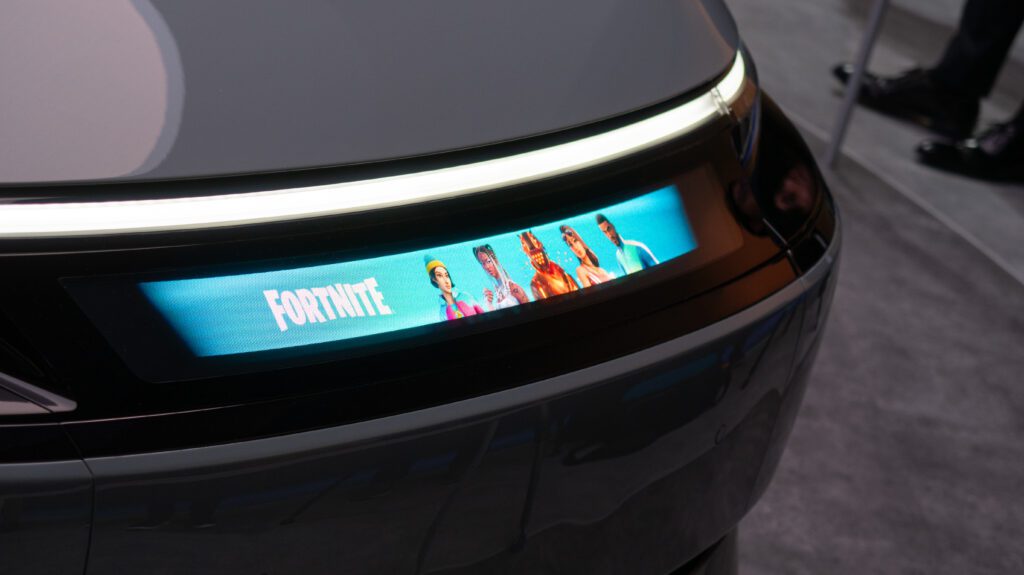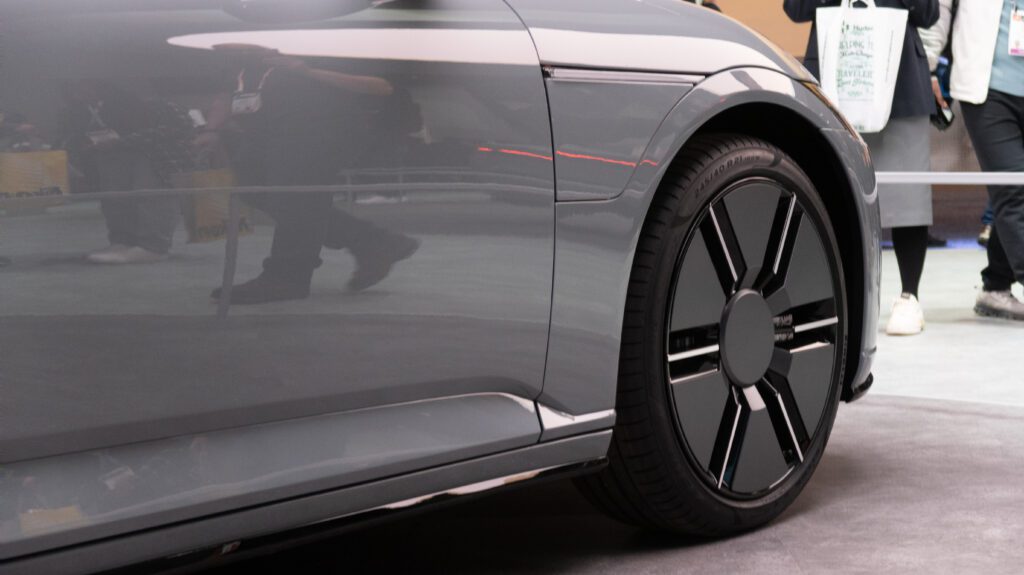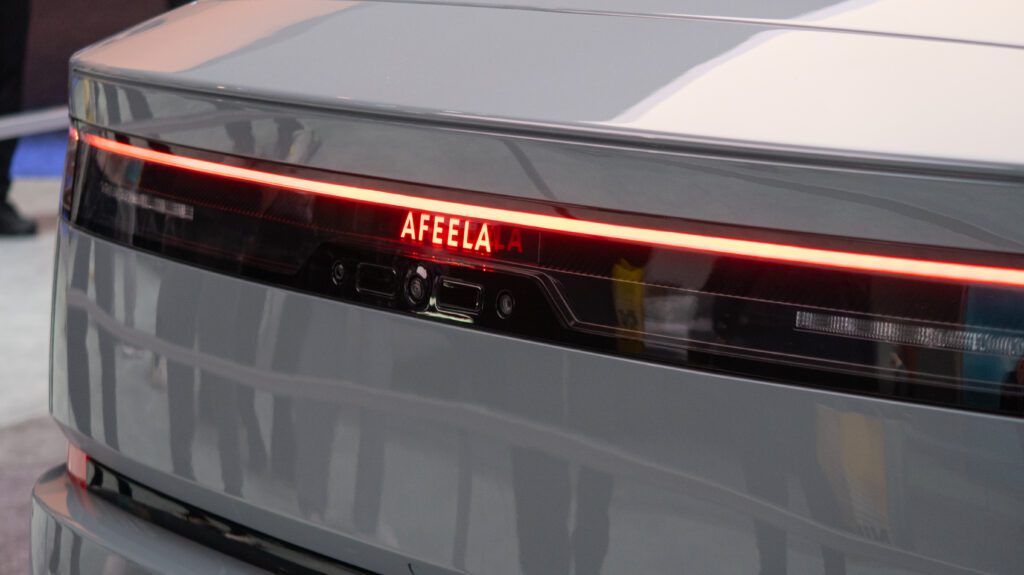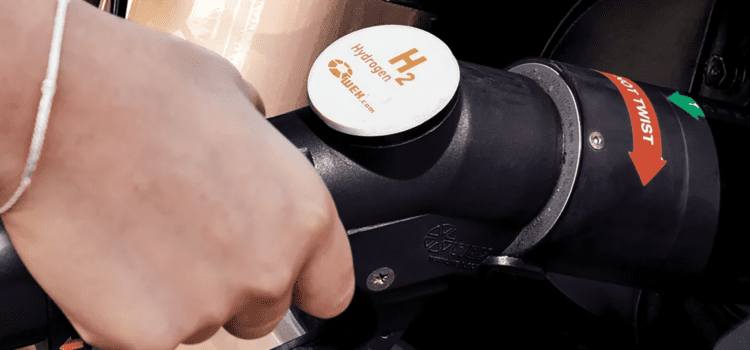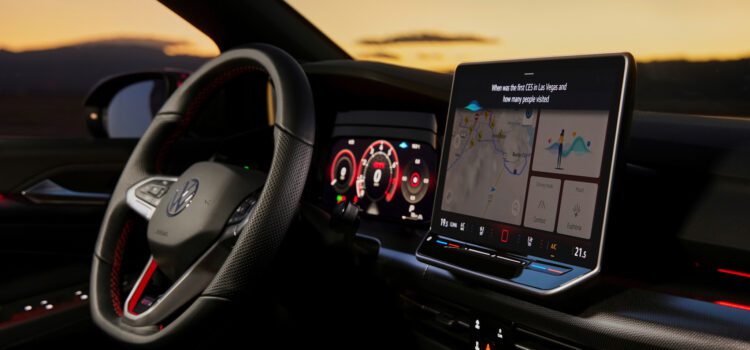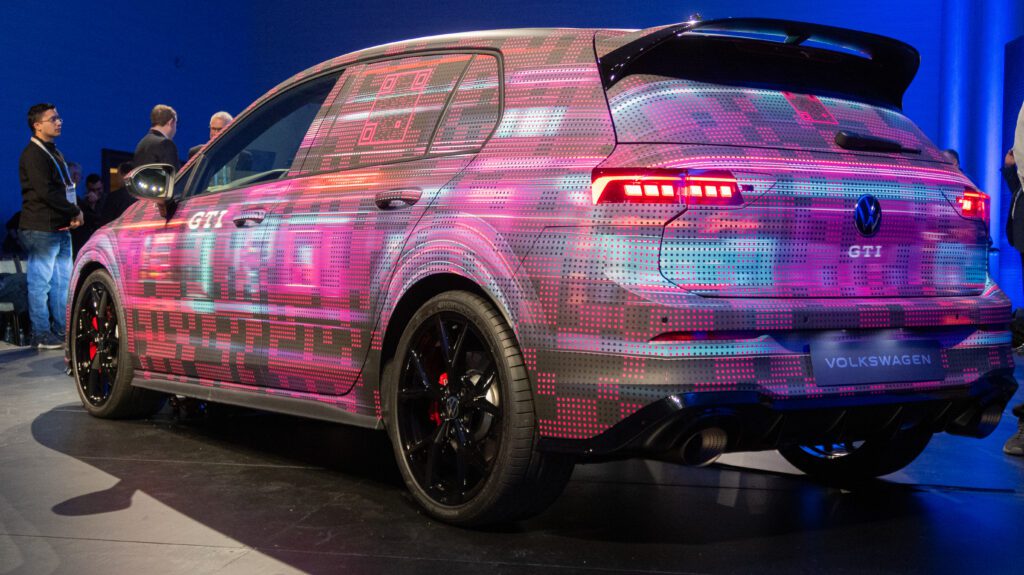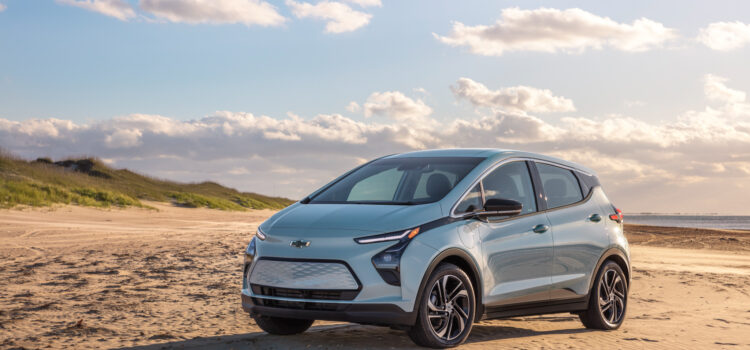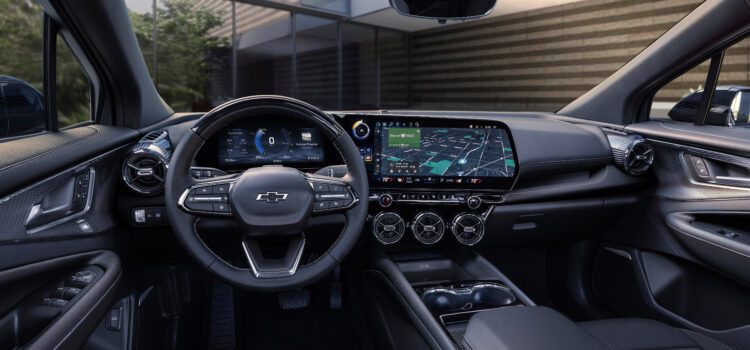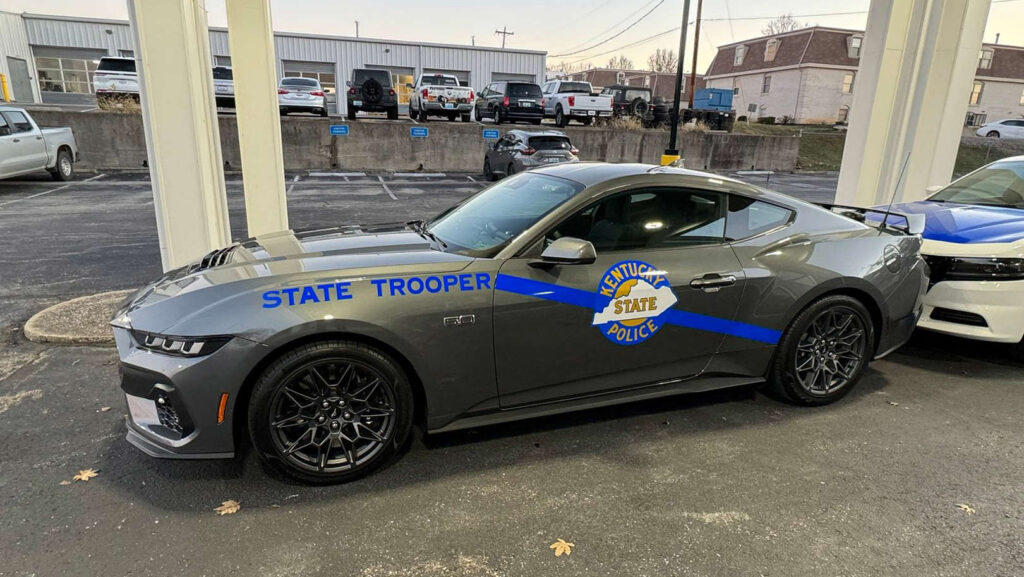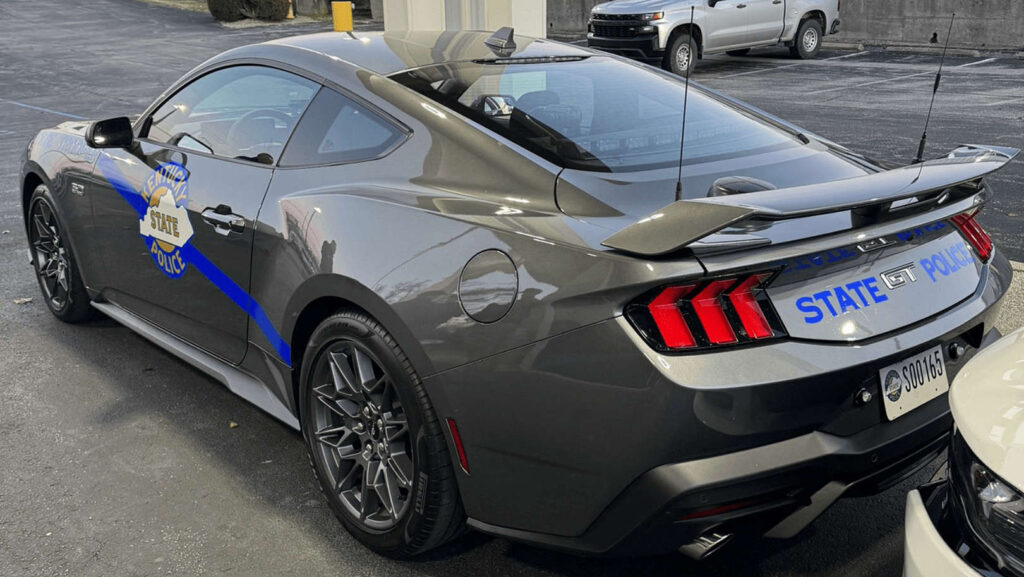Ford, last year’s most recalled car brand, issues its second major recall of 2024
Ford was the most recalled automaker of 2023, and it’s wasting no time getting started for a second consecutive year in 2024. The company recently announced a recall of more than 100,000 vehicles – its second such action in 2024 – for an issue with its three-cylinder engines.
Ford’s 1.0-liter EcoBoost Fox engine could experience an issue where the belt tensioner’s joint breaks down over time. If that happens, the tensioner arm can fall out of position and ultimately cause problems with the oil pump. The failure can cause a drop or loss of oil pressure, and a loss of belt tension could deactivate other components that rely on it, such as the vacuum pump that handles braking. Ford said it’s aware of one crash related to the problem, which resulted in two injuries and no fatalities.
The recall involves 2017-2022 Ford EcoSport SUVs and 2016-2018 Focus Hatchbacks. Owners have long reported problems with the engine, stating that they’re prone to losing oil pressure, sometimes with as little as 50,000 miles on the clock. A group of owners filed a class-action lawsuit, but Ford’s recall should help repair the issue. Dealers will install a shorter tensioner arm and a new drive belt that will help prevent degradation and damage over time.
The Blue Oval also recently recalled more than 100,000 F-150s for an issue that could cause a rollaway accident. The automaker has vowed to make improvements in its quality to help reduce warranty and recall expenses, but this isn’t a hugely promising start. Ford had dozens of recalls affecting millions of vehicles last year, almost twice the number of the second-most recalled automaker, Kia.



